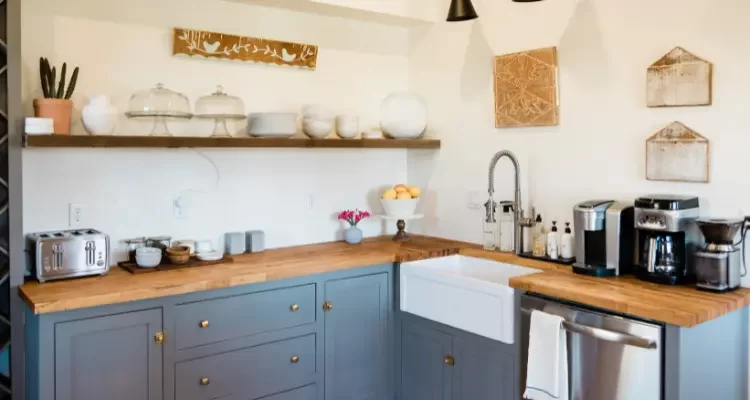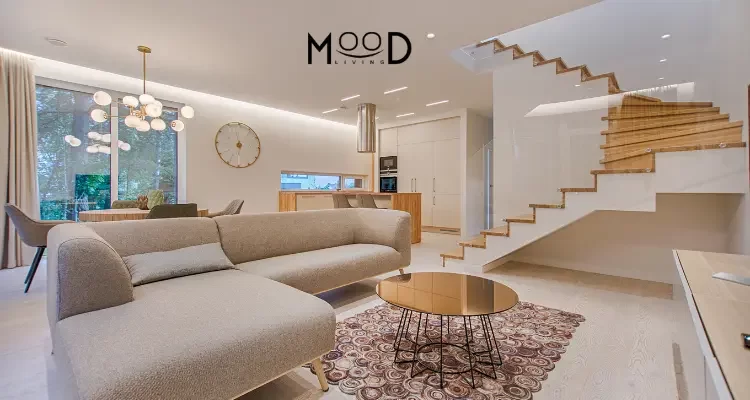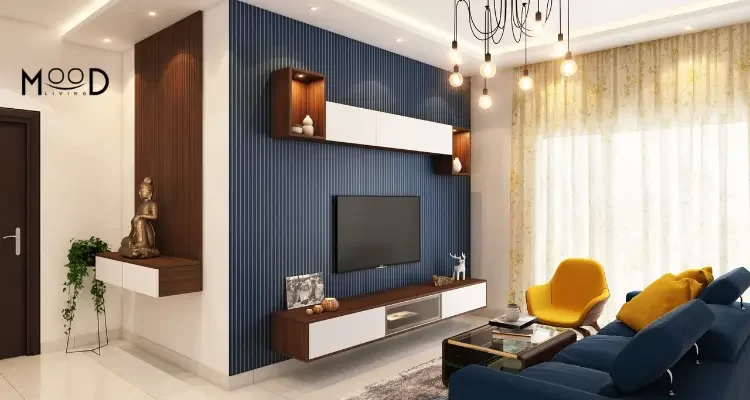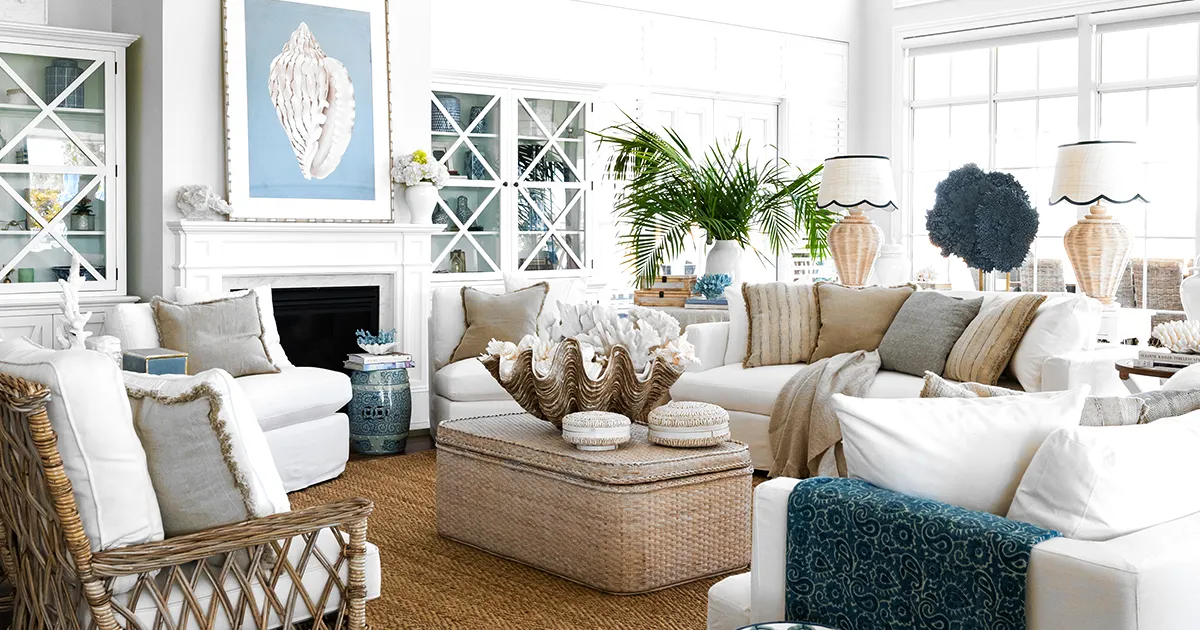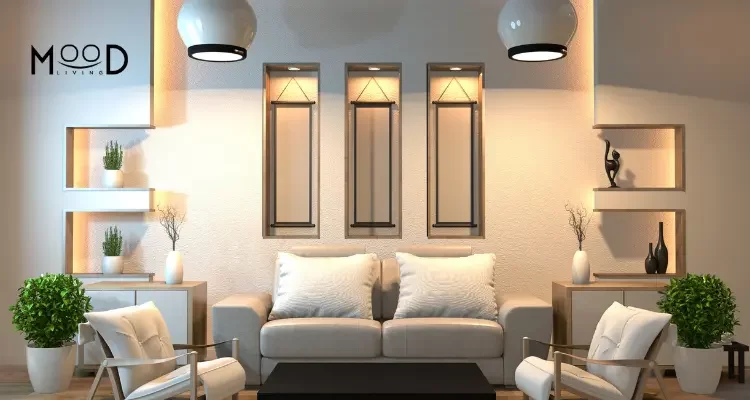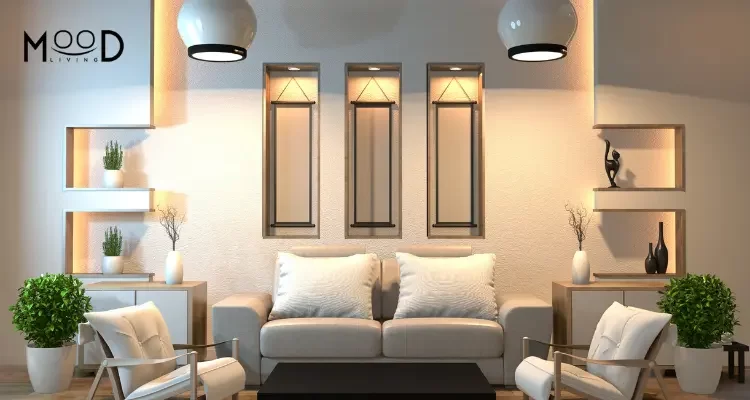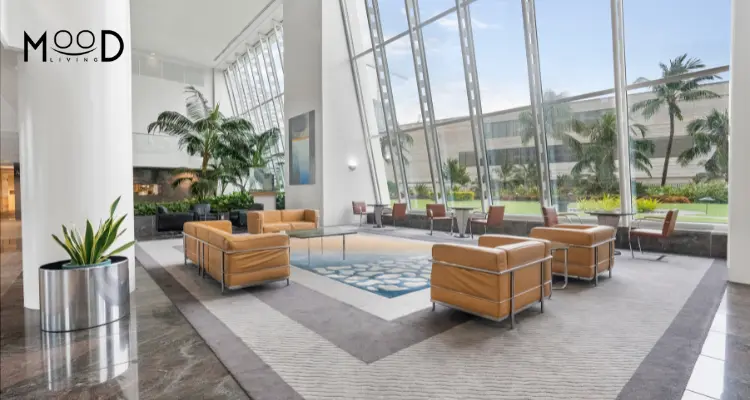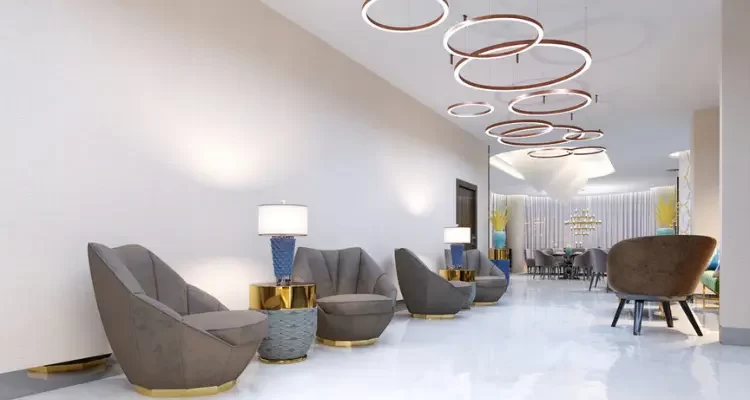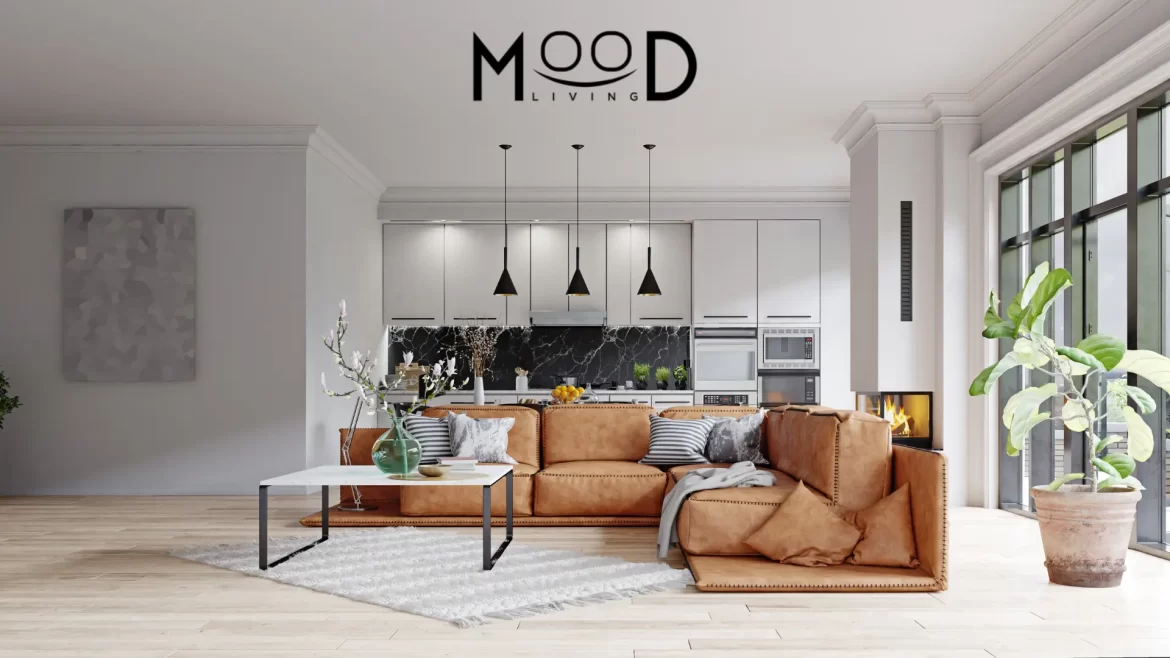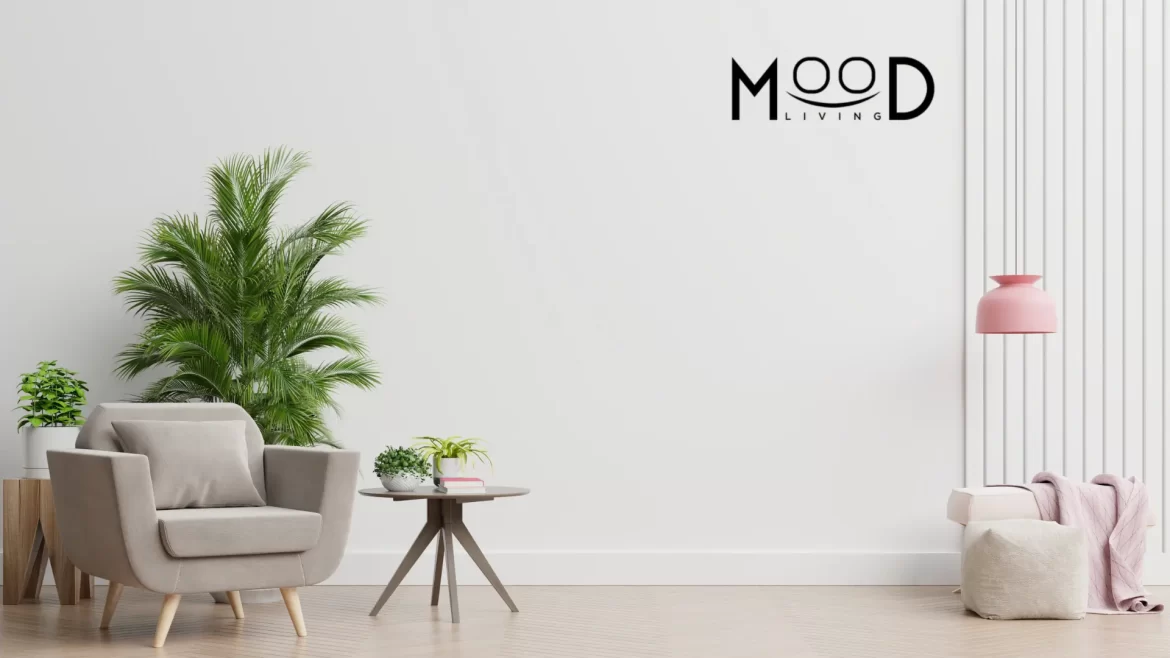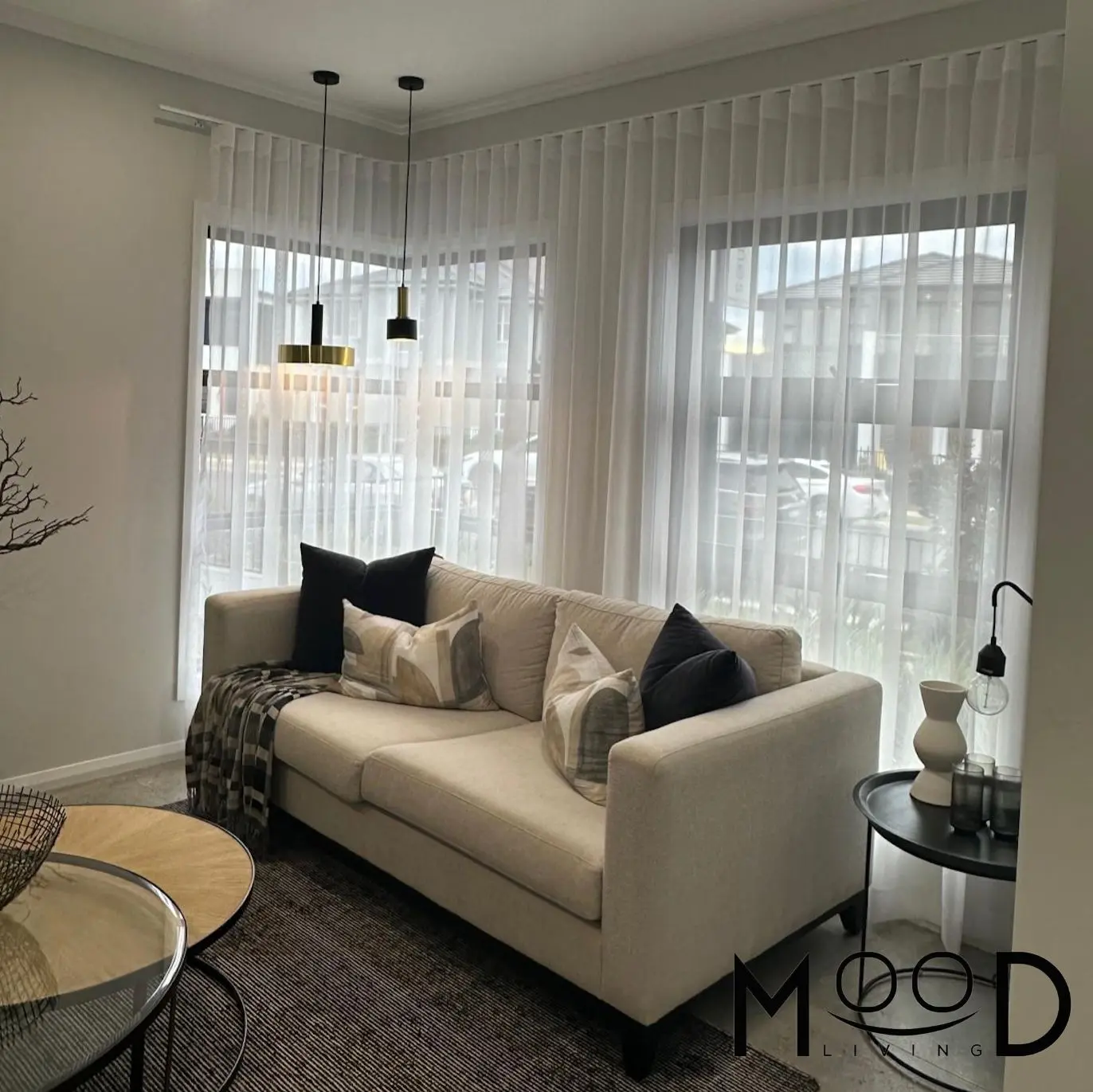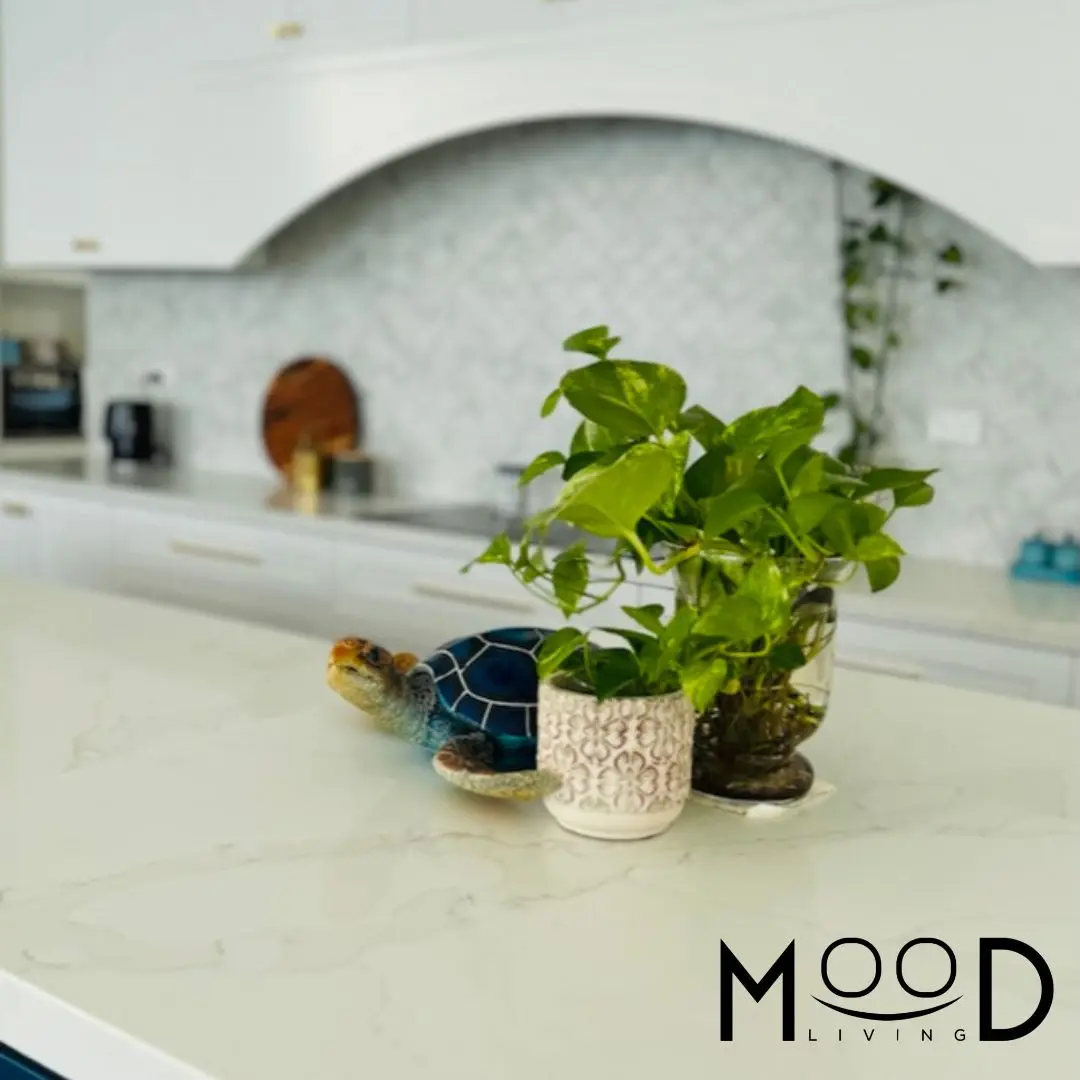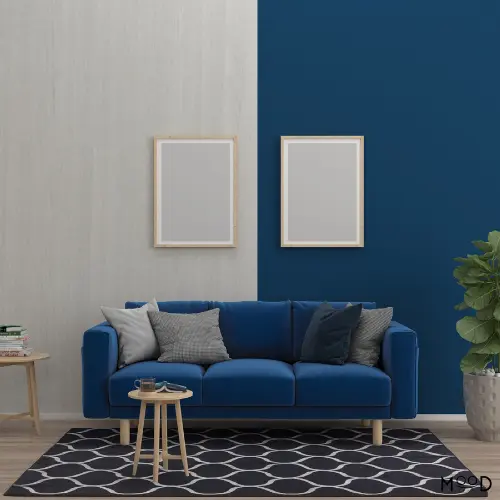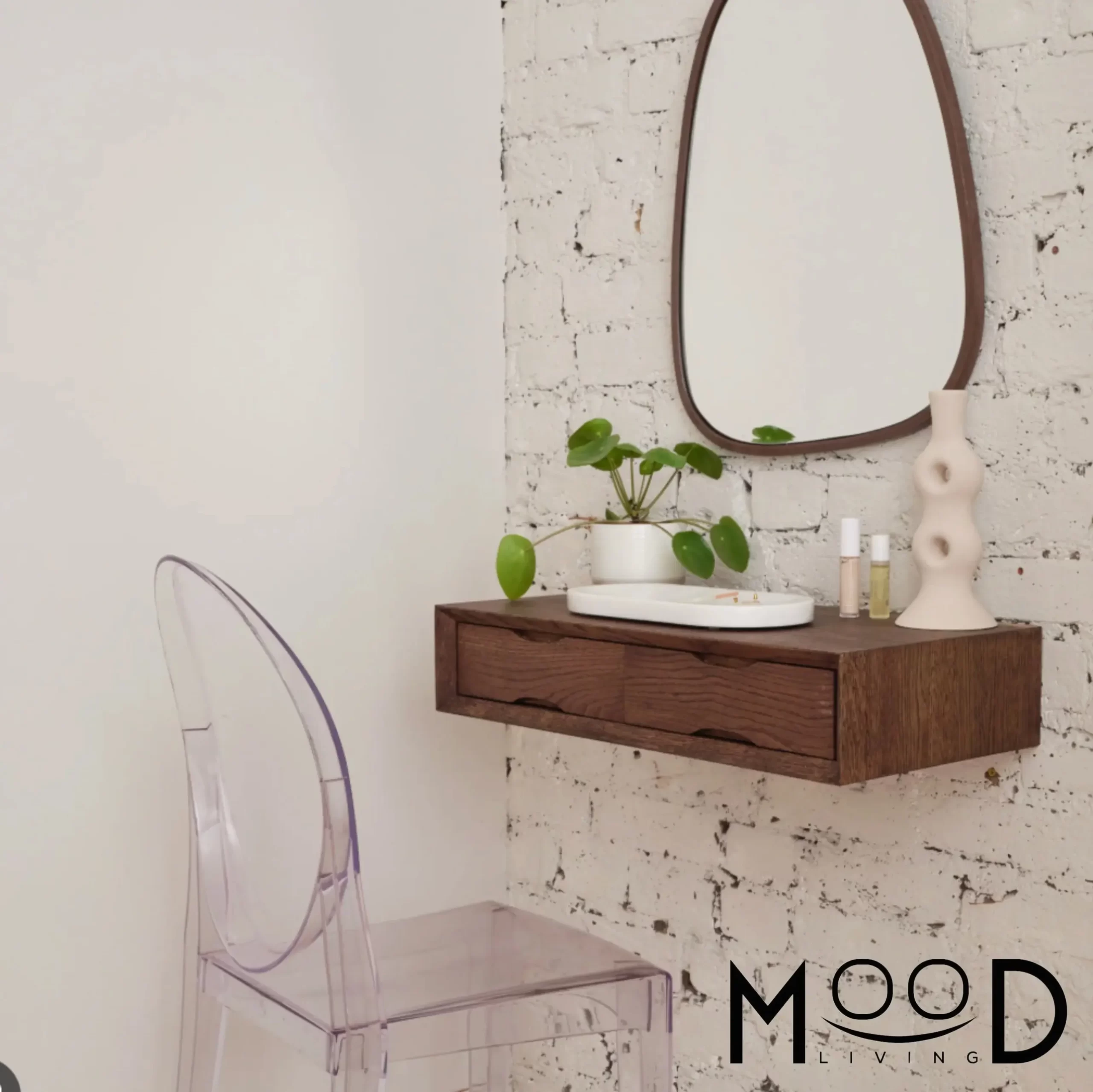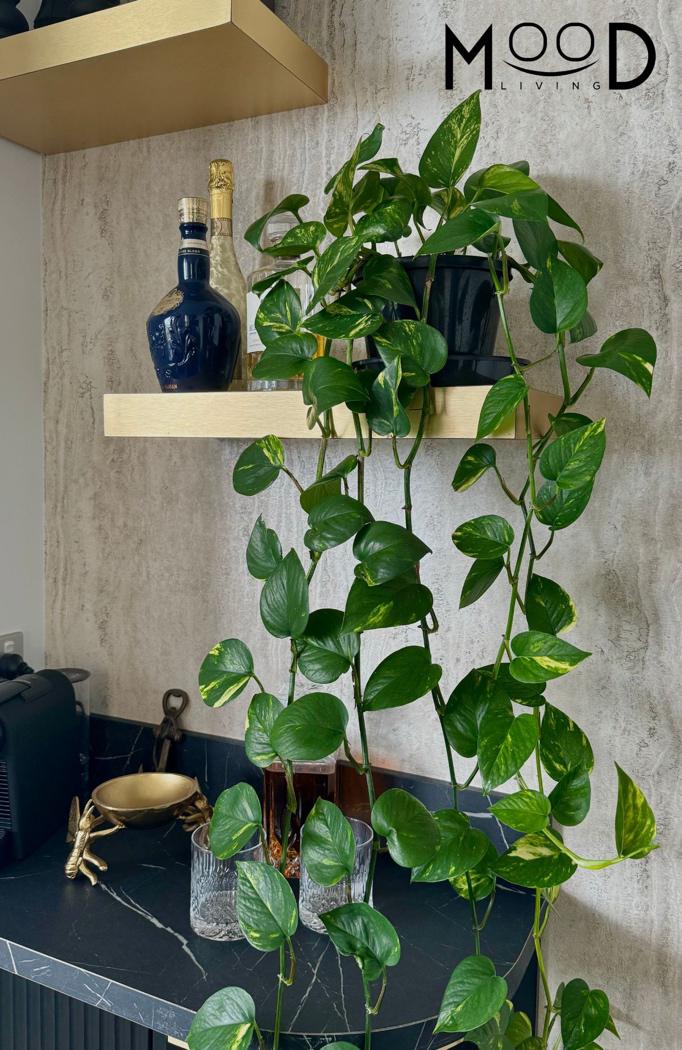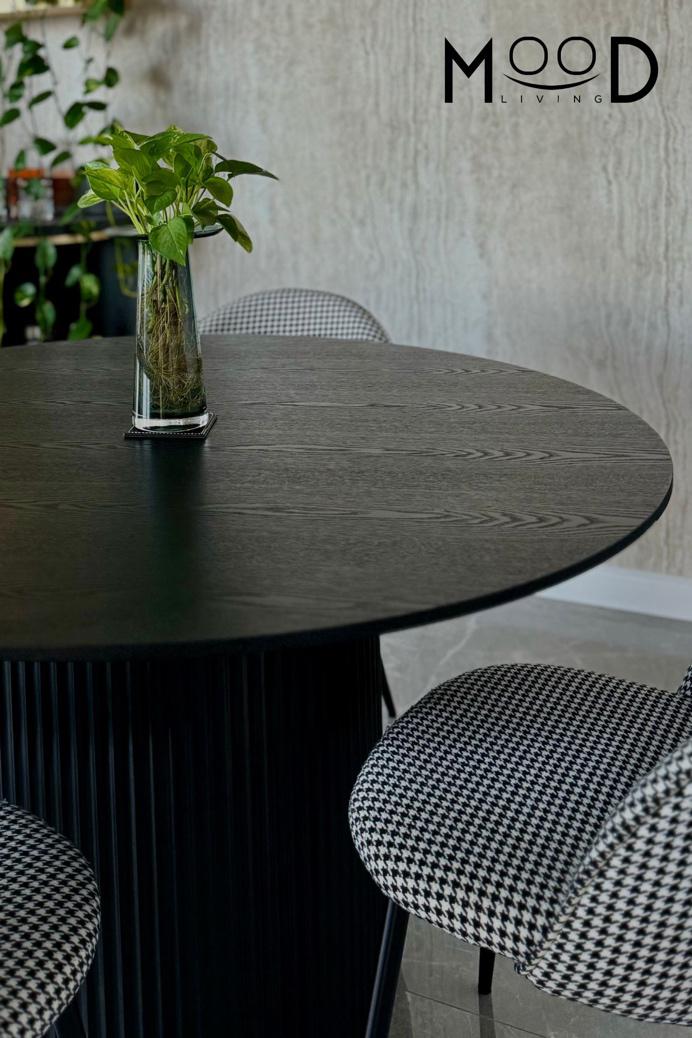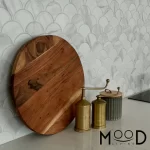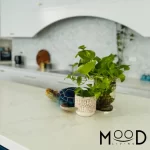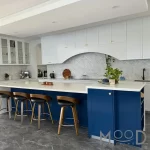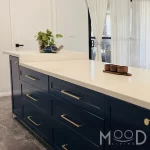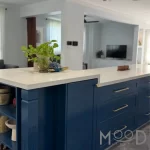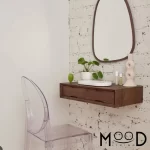Small Residential Interior Design in Sydney
Transforming Small Spaces: The Art of Residential Interior Design in Sydney
When it comes to creating a home that feels spacious and inviting, small residential interior design in Sydney holds the key. With the city’s vibrant culture and modern lifestyle, many homeowners find themselves living in compact spaces. However, the size of a home doesn’t define its potential. In this article, we’ll explore innovative ideas, tips, and inspiration for designing small spaces that are functional, stylish, and uniquely yours.
The Importance of Small Residential Interior Design
Designing small residential spaces is not just about making them look good; it’s about enhancing the quality of life for their inhabitants. Thoughtful interior design can transform a tiny apartment into a cozy haven, allowing for comfort and practicality without sacrificing style. Here’s why it’s essential:
- Maximizing Space: Clever design can turn an ordinary room into an illusion of more space.
- Personal Touch: A well-designed interior reflects your personality and lifestyle.
- Functionality: Each element in a small space must serve a purpose, contributing to an efficient living environment.
Key Principles of Small Residential Interior Design
1. Embrace Open Concept Living
One of the best ways to make a small space feel larger is by adopting an open concept layout. This involves removing unnecessary walls to create a fluid transition between rooms. In Sydney, many modern apartments embrace this style, merging living, dining, and kitchen areas into one seamless space.
Tip: Use furniture placement to define different areas without the need for walls. A stylish sofa can separate the living room from the dining area while maintaining an airy feel.
2. Choose the Right Color Palette
Color has a significant impact on the perception of space. Lighter colors like whites, soft grays, and pastel shades can make a room feel open and airy, while darker hues can make it feel cozy yet confined.
Interactive Idea: Experiment with a virtual room designer tool to see how different color schemes can transform your space.
3. Incorporate Multi-Functional Furniture
In small homes, every piece of furniture counts. Opt for items that serve multiple purposes, such as a coffee table with storage, a sofa bed for guests, or a dining table that can be extended when entertaining.
Example: A bench with hidden compartments can provide extra seating while storing away blankets or magazines.
4. Maximize Vertical Space
In smaller spaces, it’s crucial to think vertically. Utilize walls for storage and decoration. Floating shelves, wall-mounted cabinets, and tall bookcases draw the eye upward, creating a sense of height.
Tip: Decorate shelves with both functional items (like books) and decorative pieces (like plants) to add personality.
5. Use Mirrors Wisely
Mirrors are a designer’s best friend in small residential spaces. They reflect light and create the illusion of depth, making rooms feel more expansive.
Interactive Element: Consider using a large mirror as a statement piece in your living room or hallway.
6. Keep It Clutter-Free
Clutter can quickly overwhelm a small space. It’s essential to have a clear strategy for organization. Invest in stylish storage solutions that blend in with your decor, such as decorative baskets or ottomans with storage.
Challenge: Take a weekend to declutter your space. Keep only what you love and use, and find creative storage solutions for the rest.
7. Personalize with Accessories
Small spaces offer the perfect opportunity to showcase your personal style through accessories. Use artwork, cushions, and rugs to inject color and personality into your home.
DIY Idea: Create a gallery wall using framed photos or artwork that tells your story. This not only personalizes your space but also draws attention upward.
Inspiration from Sydney’s Design Trends
Sydney’s interior design scene is as dynamic as its landscape. Here are a few trends that are shaping small residential interior design:
Sustainable Design
With an increasing focus on sustainability, many Sydney homeowners are opting for eco-friendly materials and designs. Consider using reclaimed wood, energy-efficient lighting, and non-toxic paints to create a beautiful and responsible home.
Minimalism
Less is more in small spaces. The minimalist trend emphasizes simplicity and functionality, making it a perfect fit for compact homes. By choosing a few high-quality pieces and focusing on clean lines, you can achieve a sophisticated look.
Indoor-Outdoor Flow
Taking advantage of Sydney’s beautiful weather, many designers are creating seamless transitions between indoor and outdoor spaces. Large sliding doors and consistent flooring can help create a unified look, enhancing the feeling of space.
Final Thoughts
Designing a small residential space in Sydney doesn’t have to be a daunting task. With the right strategies and a bit of creativity, you can transform your compact home into a stylish and functional retreat. Whether you choose to embrace an open concept, utilize multi-functional furniture, or add personal touches through accessories, remember that the key to great interior design lies in making your space truly your own.
Now that you’re equipped with these tips, it’s time to roll up your sleeves and start designing! Share your ideas and experiences in the comments below, or connect with a local interior designer to bring your vision to life. Happy decorating!



